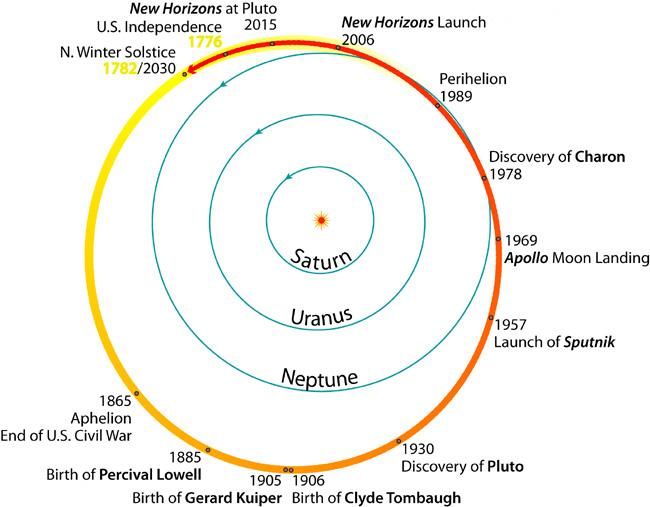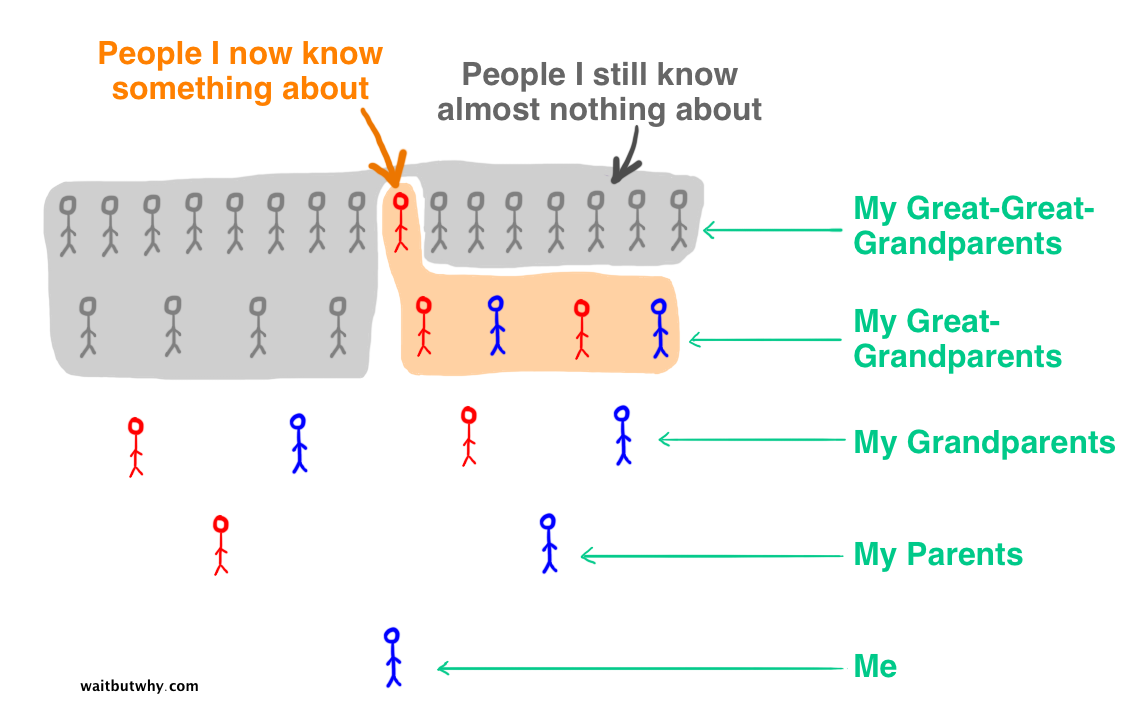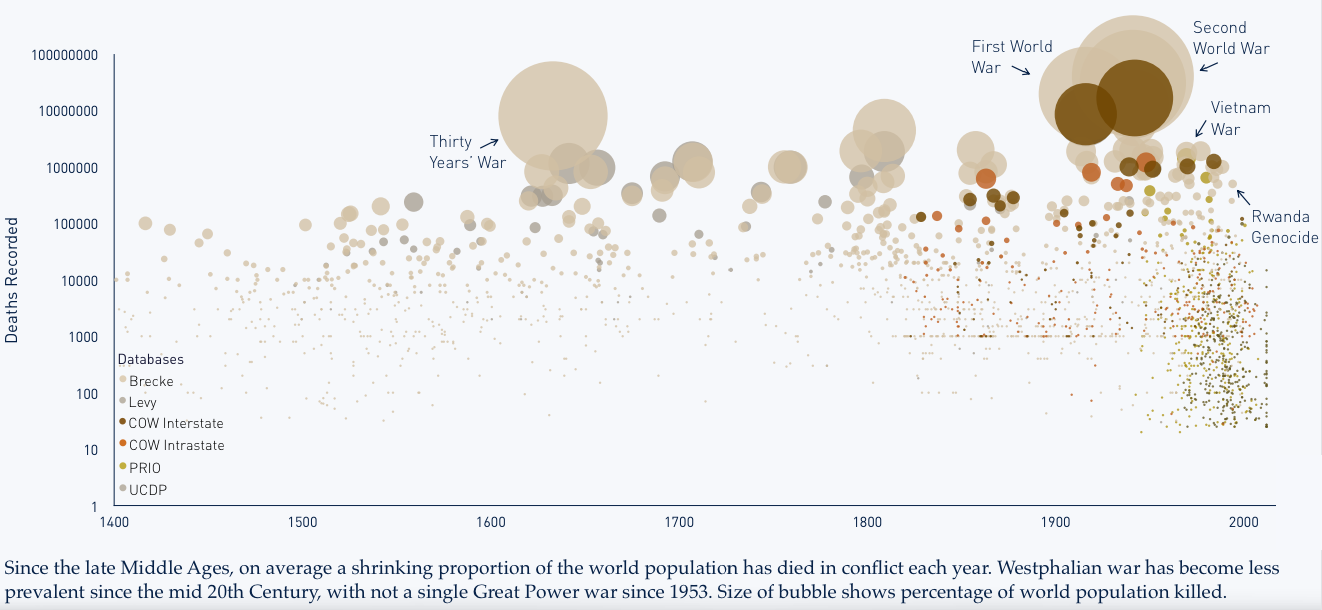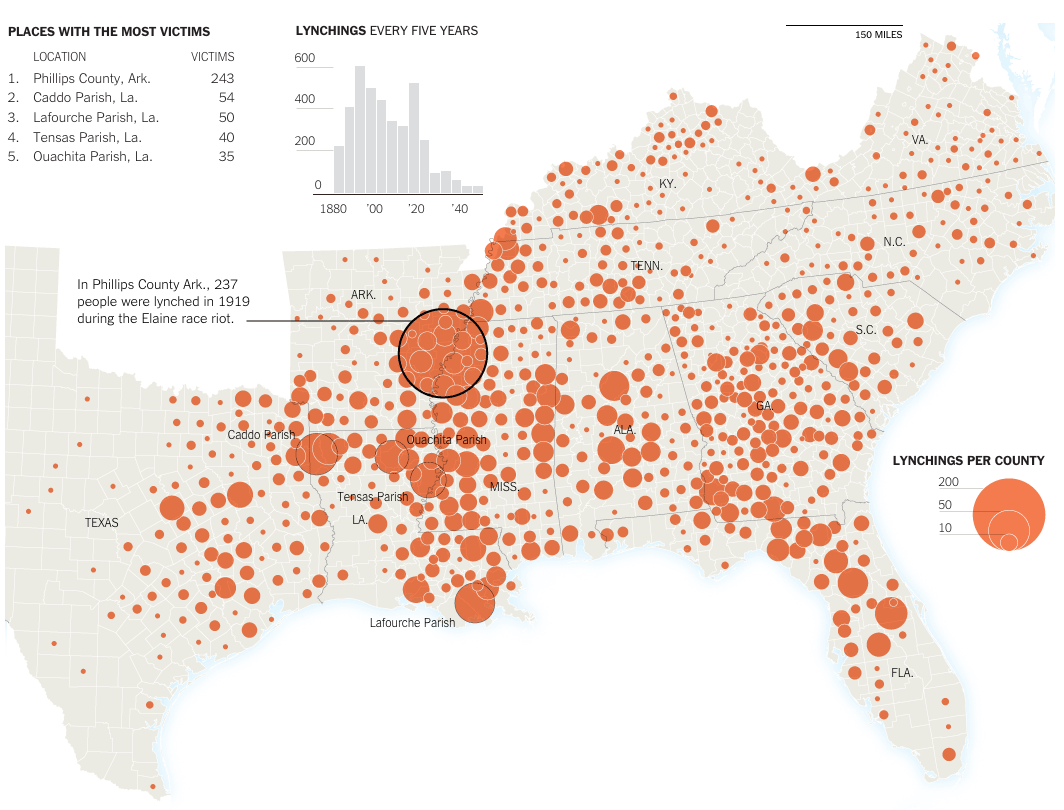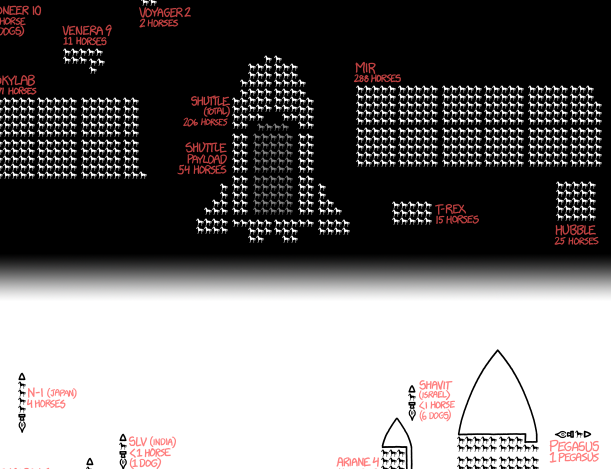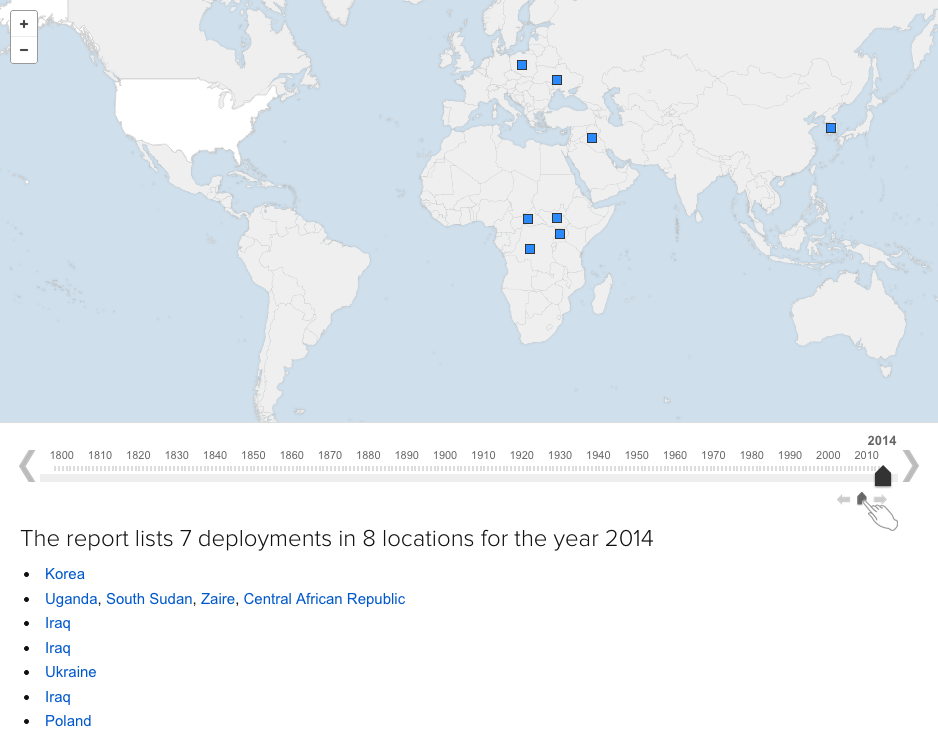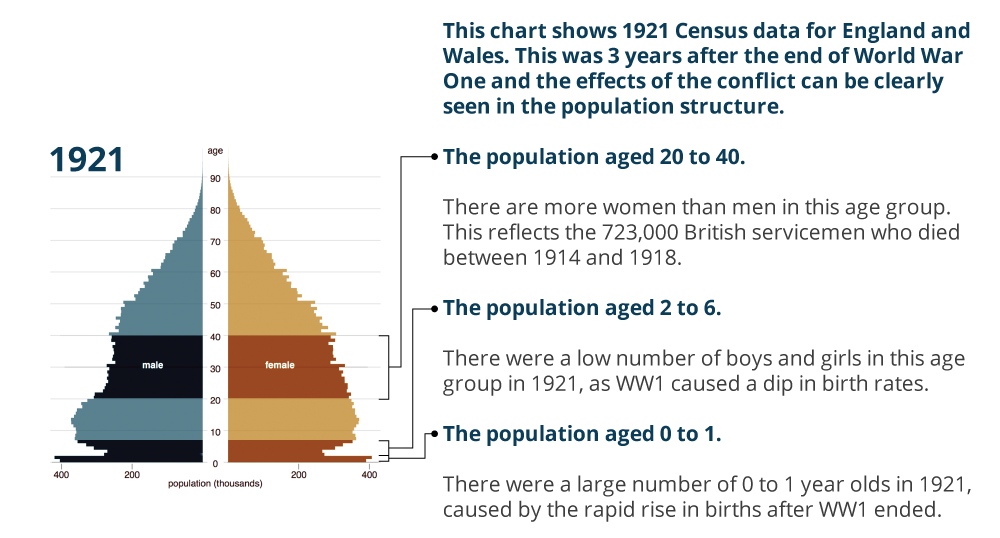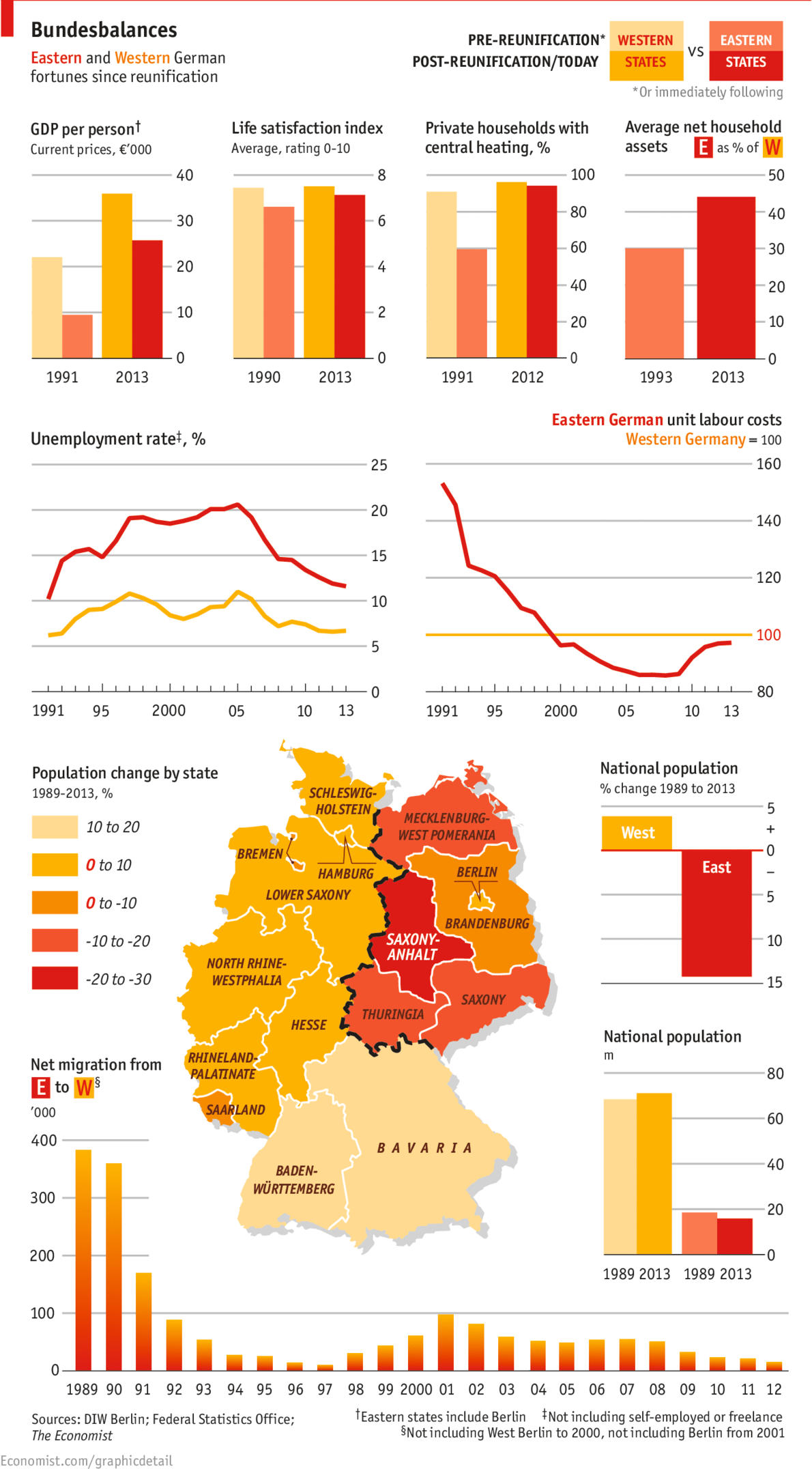Spring is the time for the blossoming of cherry trees. Philadelphia has its own cherry blossom festival, but Washington’s is even bigger. The Washington Post put together a small infographic about the the trees, the symbolism, and the reason behind the presence of Japanese trees in the capital of the United States.
But, mostly I get to say we have a good example of a tree map.
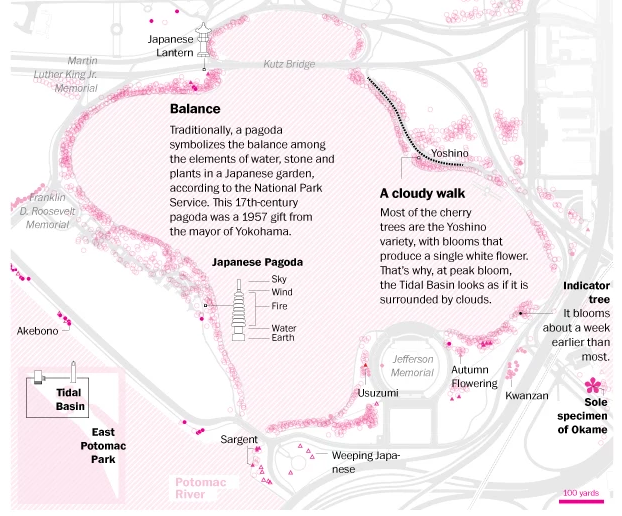
Credit for the piece goes to Samuel Granados.


